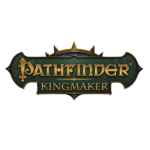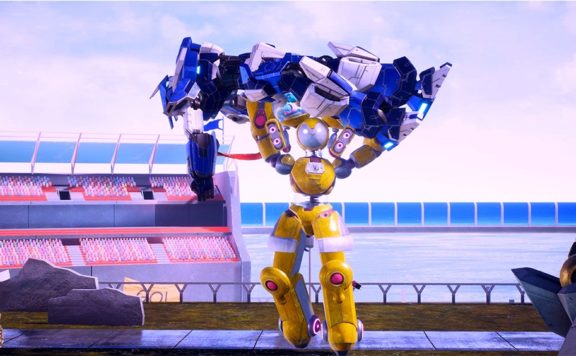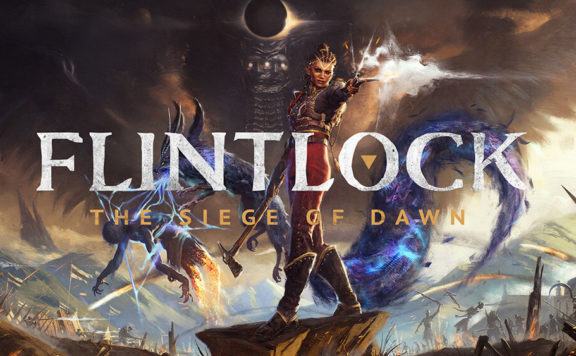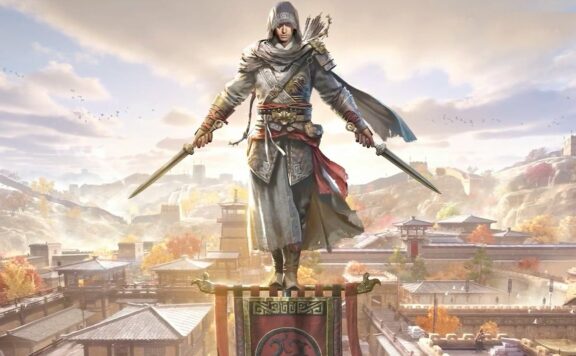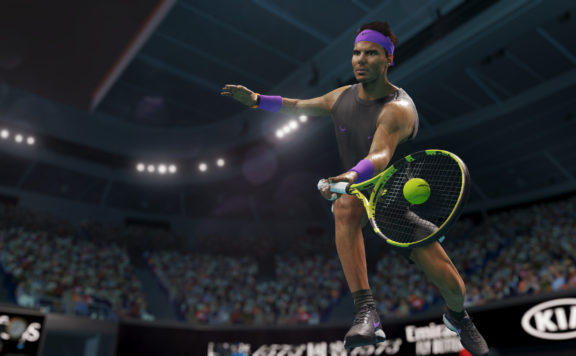Whether stuck in a MUD or defending the galaxy from imminent destruction, the common garden Role Playing Game has an ability to take players on a seemingly endless variety of adventures. This genre might stand firmly at the foundation of modern video games but their on-screen endeavors sometimes lack a touch of human ingenuity. Owlcat Games and publisher My.com are out to correct this, with their adaptation of the classic tabletop RPG, Pathfinder.
In its native tabletop environment, Pathfinder is the pen and paper behemoth that many of you will never have heard of. Initially the result of a schism in the RPG industry, this response to Dungeons and Dragons licensing changes would go on to easily outsell D&D for a solid four year period, and even bagged several industry awards. Despite the incredible success in the tabletop arena, Pathfinder has never had the reach the Dungeons & Dragons enjoys. While Dungeons and Dragons has cashed in on its credo with books, movies, and video games, Pathfinder publisher Pazio has only briefly flirted with online gaming. After clawing the disastrous Pathfinder Online back from Goblinworks, the latest iteration of the RPG is a massive improvement.

Rather than throw players into an open world adventure or another MMORPG, the team at Owlcat take a more traditional approach to this adventure. This digital CRPG is more like to Baldur’s Gate than World of Warcraft and builds a single player campaign that puts the player character at the heart of everything. The Stolen Lands are the key to this, and lie to the North East of the River Kingdoms. What seems like easy pickings though, is just the beginning of a massive adventure in this unclaimed environment. Anybody venturing into the world of Golarion will find a Pathfinder campaign that has a new take on a classic campaign, borrowing from later additions and expanding on the original incarnation.
Opening up Kingmaker for the first time presents a definite statement of intent. Authenticity seems to be key to Owlcat. The title art and cut scenes are rendered in a manner that is obviously sympathetic to Pathfinder’s origins and clearly influenced by artists like Ian McCaig and the Fighting Fantasy series. Character portraits, map scrolls, journal entries, and even the UI are just some of the areas that could easily be torn straight from the official Pathfinder rulebook. Overall, it manages to strike a nice balance between modern gaming graphics and more obvious fantasy ideals.
The team at Owlcat clearly has an affinity for Kingmaker’s source material, and as the game opens up into character creation this shines through. When talking to Alexander Mishulin, Creative Director at Owlcat, it is clear that the team were all bitten by the table top bug when it sunk its teeth into Russia almost 20 years ago. They were clearly influenced by a genre where your character is key. As a result, a plethora of decisions await new players. The initial screen quickly gives way to pages of stats, class choices, skills, and racial bonuses. Everything from moral alignment to a character’s main weapon hand are available to customize. It is the kind of depth that action RPG and MMORPG’s regularly dispense with and apes games like Pillars of Eternity and Divinity Original Sin, giving players a deeper level of control. It is a pity, therefore, that Pathfinder does not provide a little more flexibility over character appearance. Visuals consist of a series of prescribed appearances and a few color changes, that shoehorn your character into a particular look. This is still an early version of the game, but coming from a primarily MMO background, I tend to demand more visual customization. Strangely enough though, the top-down isometric view of Golarion does seem to put enough distance between the player and this complaint that it feels a little irrelevant.

While the incredible character depth is great for immersion it can be awfully intimidating for new players. Anybody wanting to just jump in and play can, thankfully, pick from a selection of pre defined characters. Each of these five heroes comes with their own backstory, a set of preferred class traits, and a tendency towards a particular moral compass. It is a nice touch that embodies Pathfinder publisher Pazio’s commitment to creating an inclusive environment. Design decisions like this, and the ability to assign character voices to either of the available gender types, display a solid understanding of Pathfinder and its ethos.
Leading on from character creation, the opening hour of exposition and tutorials is expertly balanced. Getting around Golarion is an entirely intuitive point and click experience, and anybody that has had a chance to play at least one other CRPG or RTS should find things problematic. The game begins by drip feeding the core mechanics as the opening unfolds. An introduction to the King’s Court quickly gets players acclimatized to the control systems and narrative menus before bandits overrun the palace. As players stagger through the carnage, the scenarios that occur allow players to actively learn how to wield the complex systems in Kingmaker without getting particularly lost. Even after I had jumped through these hoops, slain the mercenaries that stood in my way, Kingmaker details almost every aspect of the game Hover over a player stat and it provides a quite astounding number of tooltips.
Wielding Kingmaker
While much of Pathfinder takes obvious inspiration from its physical incarnation, combat seems to benefit a great deal from its transition to a new game board. My own cleric, bard, barbarian, and ranger still rolled for initiative and relied on the statistical outcomes to overcome their opponents, yet Owlcat has streamlined much of the experience. Owlcat hasn’t turned this into a real time brawler, however. Stats and skills continue to remain relevant while beating back the local wildlife, but these turn based systems all play out in eral time. The result is a system that allows players to, if they wish, largely ignore these numbers. It also provides scope for more diverse management styles. Pausing combat allows adventures to create formations, picking priorities, and even choose when to cut and run.
The 16 particular classes also add up to a huge range of potential fighting formats. Character progression in Pathinfder allows players to mix and match form a number of class tropes. As characters level, skill points can be distributed across a variety of class trees, allowing, for example, a Barbarian to wield a mage’s magic or a Fighter to channel a Barbarian’s rage . It’s a system that is lifted almost wholesale from the original game and while it can be a little overwhelming, it does create an astonishing array of potential choices and playstyles.

Beyond combat, Kingaker’s narrative is just as diverse. With the keen eye of Chris Avellone skilfully assisting, Kingmaker crams over well over 100 potential outcomes and nearly a million lines of text into a game that is still growing. From the off, character choice is key. A diverse range of interactions, characters, and choices mean that your path through Golarion can vary massively, and I’m not just talking about basic cartography. Moral alignment and your previous choices all seem to have a definite impact on character responses to any scenario. Pick the wrong option and it may mean more than a bad day out in the field. I’ve seen companions abandon me and morale go south. This is most obvious as the game begins, as you do not get to choose your own team. Instead, your decisions over the opening hour or so of the game determine what NPCs choose to join you in your adventure.
In the end, Kingmaker is a game about choice. The variety of narrative scenarios, systems, and dialogue attempts to provide some of the flexibility and surprise that a human dungeon master can provide. No matter how intensive the effort by Owlcat, they will never be able to account for the cruel and unusual whims of a bored Dungeon Master, or the ability to plead poverty with them, but it makes a good stab at it. Owlcat even allow team members to avoid the hassle of resurrection or permanent death, so long as their hit points do not fall into negative territory. This is not quite the same as pleading for lenience after a stupid roll but you can bet everyone at Owlcat has had to make their case at some point in the past.
During the time I’ve spent with Pathfinder: Kingmaker I was enthused by this new offering. It manages to balance the complexity of a CRPG with the accessibility Pazio strives for. Owlcat clearly have a real love for the genre and it bleeds through every swing of your sword. If you want a game that brings more to the fight that a mundane cover shooter, then this adventure should be top of your watch list.

